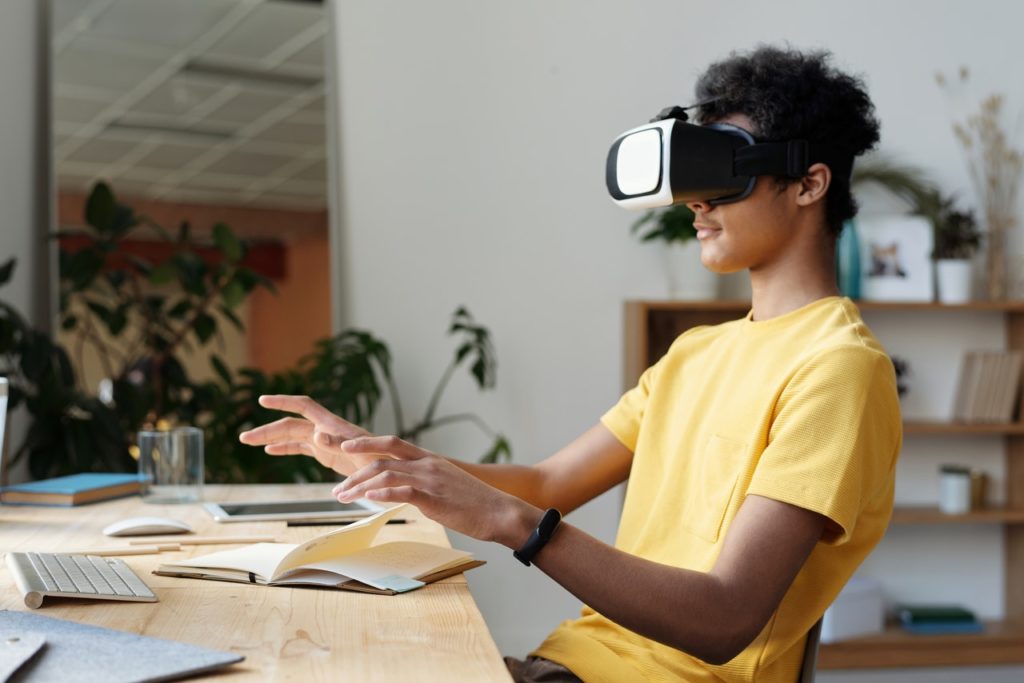In the past few years, virtual reality (VR) technology has taken the world by storm. What started as a fantasy format benefiting mostly video gamers has quickly turned into a practical platform that people can now experience in their daily lives. Companies now use VR to enhance their training programs, show building plans to clients, hold remote real estate tours, teach medical interns, and other things.
While a debate exists about VR training methods’ effectiveness, it’s interesting to see how companies maximize the technology to achieve HR goals.
Hands-On Training
Many companies from different industries use VR technology to put employees in scenarios that they will likely face in their job. Using special gear, they are expected to carry out specific tasks to address the virtual situation.
- Flight training schools use VR flight simulators to give students a glimpse of their duties once they’re in a cockpit.
- Teaching hospitals use VR to mentor students on carrying out different procedures, such as perfecting their sutures.
- Corporate businesses use VR for soft skills training. It is often coupled with traditional classes, with the technology serving as a platform for them to test out what they’ve learned.
- Companies that deal with high-risk work environments, like oil rigs, use VR to train employees in handling high-stake situations, from oil spills to explosions.
- The military uses VR in boot camp exercises, putting soldiers in virtual situations they will likely face out in the field.
VR technology allows several companies to give employees hands-on training in a more controlled environment, preventing problems that can prolong the process.
Recruiting and Onboarding
Another advantage of VR technology is its ability to streamline processes for better efficiency and improved effectiveness. Tech-savvy HR professionals and managers have started using it to train their staff.
- While wearing the device, HR personnel are tasked with carrying out interviews. They are observed to determine which areas they need improving.
- The VR device is also used in the onboarding process. New employees wear the device and receive virtual training on what they will be doing in the company.
The onboarding part of the recruitment process is essential to keeping employee attrition levels low. VR technology is seen as a creative, enjoyable, and more efficient alternative to the traditional method.

VR Technology in Business: Advantages and Challenges
VR technology is continuously evolving, providing more people with options on how to utilize it best. VR is expected to be used in various areas as businesses start seeing the value in this technology:
- Provides a more memorable experience, making it easier for employees to retain what they learn during training
- Creates a controlled environment, making it easier to expose employees to different situations without putting them at risk
- Held in an isolated environment, making it easier to reduce distractions and improve concentration
Like any new technology, though, there are challenges alongside advantages:
- VR requires its operators to undergo training to understand and master the technology.
- The equipment can be expensive, making it less cost-efficient than traditional training methods.
- VR can be polarizing in the workplace, especially with older employees who are more reluctant to adopt new technologies.
As millennials continue to make up an increasing portion of the workforce, companies are more welcoming of new technologies. In addition to the advantages these innovations bring, their utilization allows companies to future-proof the business.
As technology continues to improve operations, businesses that are slow to adapt will be left behind by the competition. It’s time for hesitant companies to jump into VR use today.





